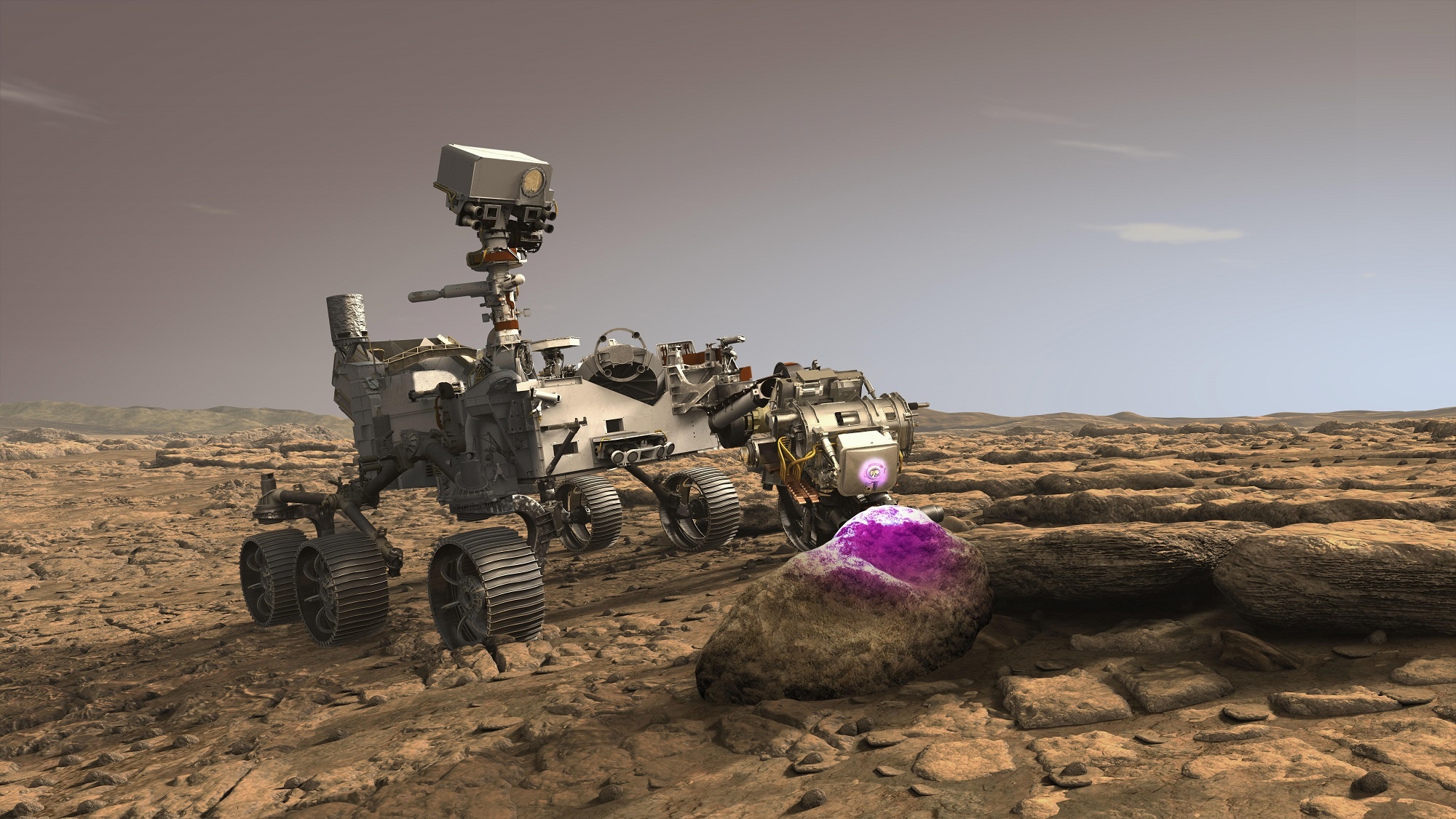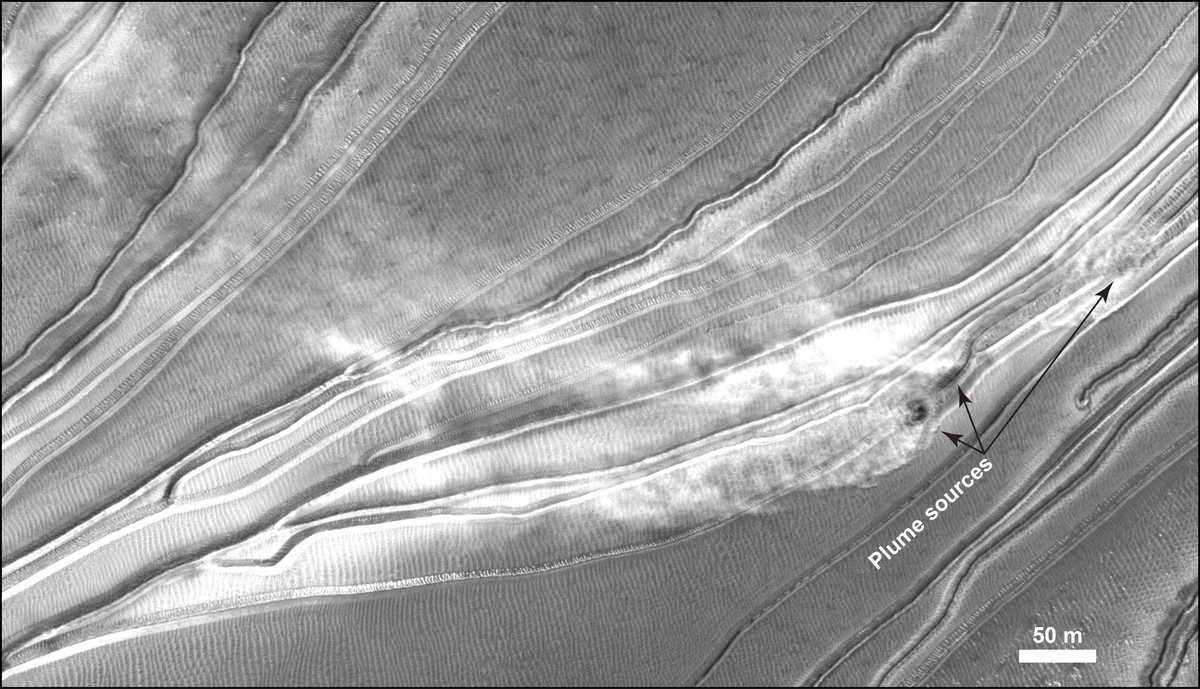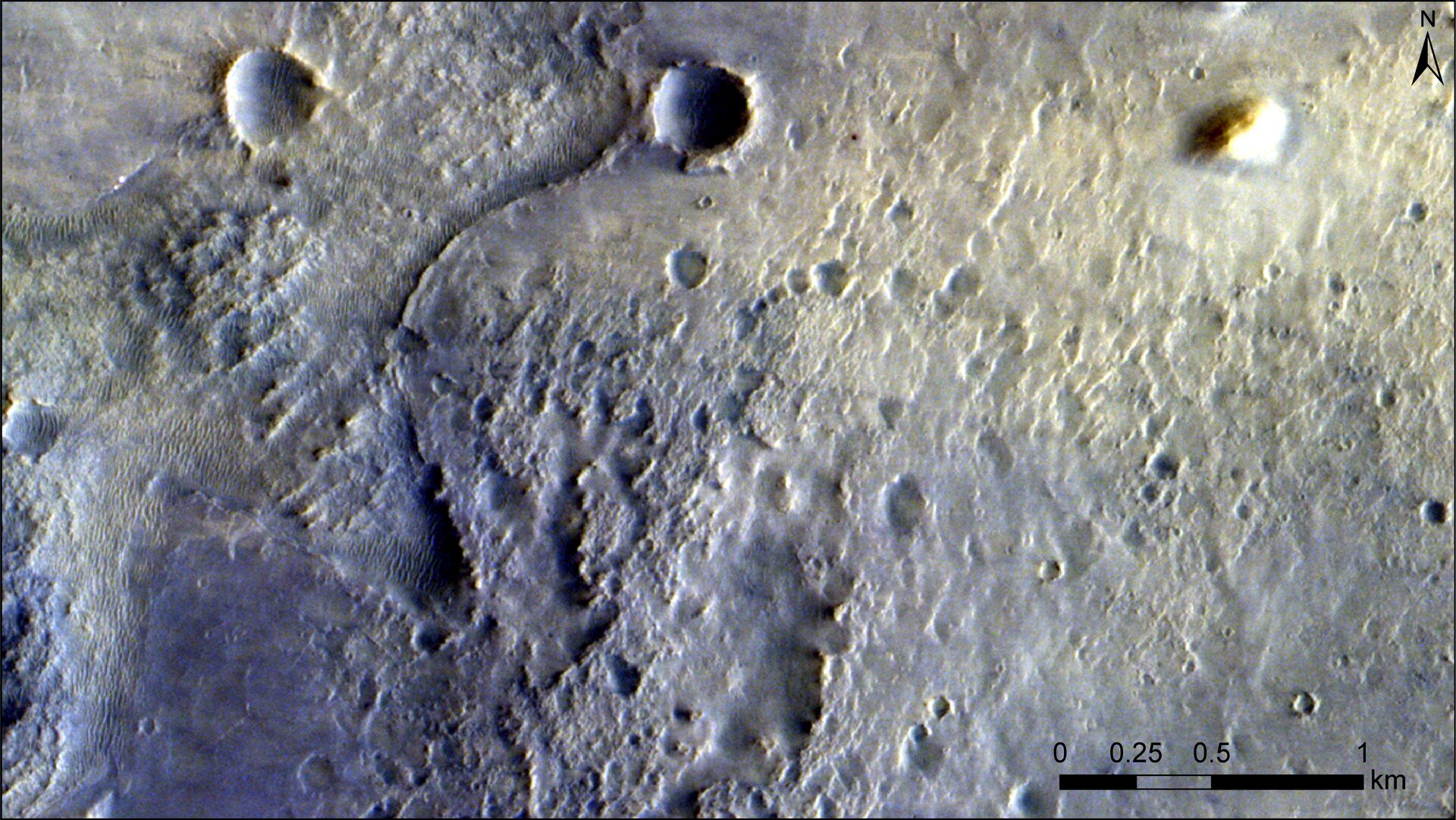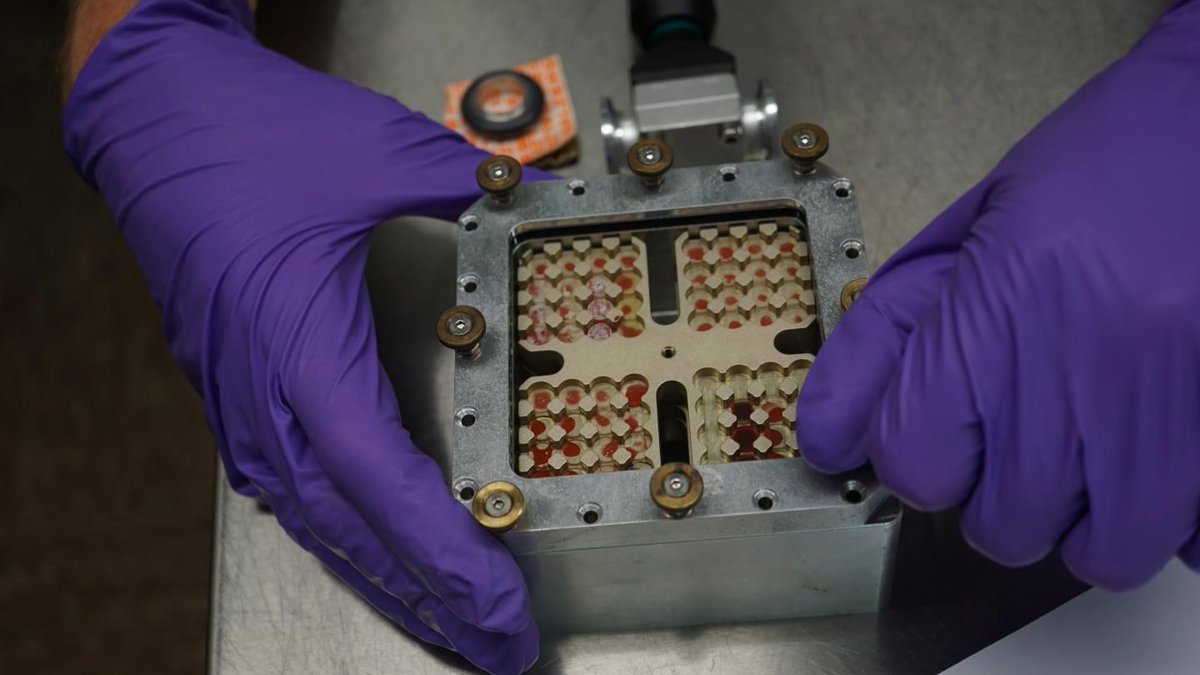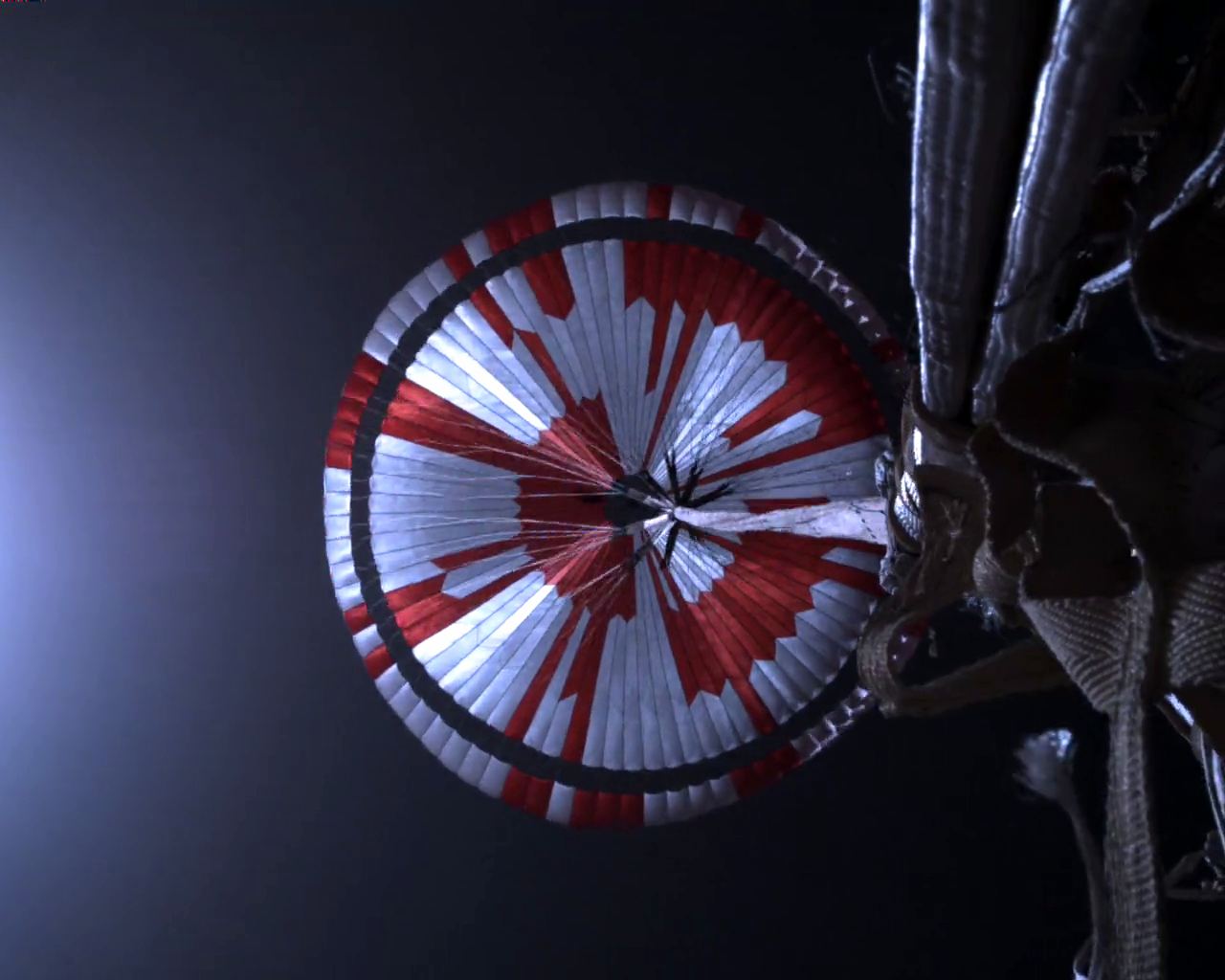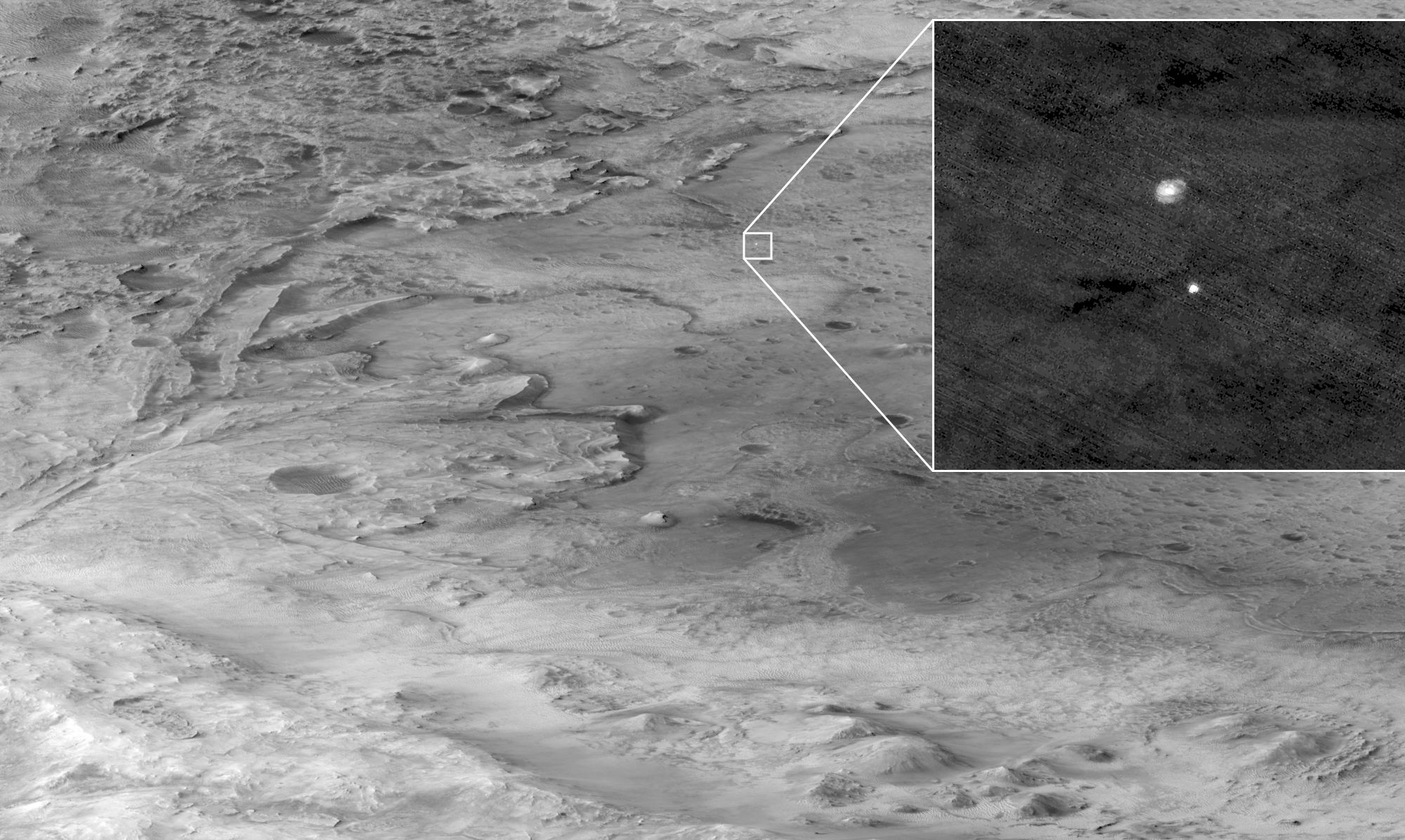It all happened so fast! On Thursday, February 18th, NASA’s Perseverance rover set landed in the Jezero crater on Mars and almost immediately transmitted its first image of the Martian. This was followed by photos from the Mars Reconnaissance Orbiter and footage taken by the rover’s Entry, Descent, and Landing (EDL). Then there was the panoramic video, a sound recording, and deployed its Ingenuity helicopter, all in the space of a week!
But that’s nothing compared to what happened next. Shortly after the rover started drilling into the floor of the Jezero crater, Perseverance found evidence of fossilized bacteria! The search for life on Mars finally struck paydirt! Okay, that didn’t happen… Not yet, anyway. But what if it does? After all, one of Perseverance‘s main objectives is to search for evidence of past life on Mars. What will be the impact if and when it finds it?
Continue reading “What Happens if Perseverance Finds Life on Mars?”
